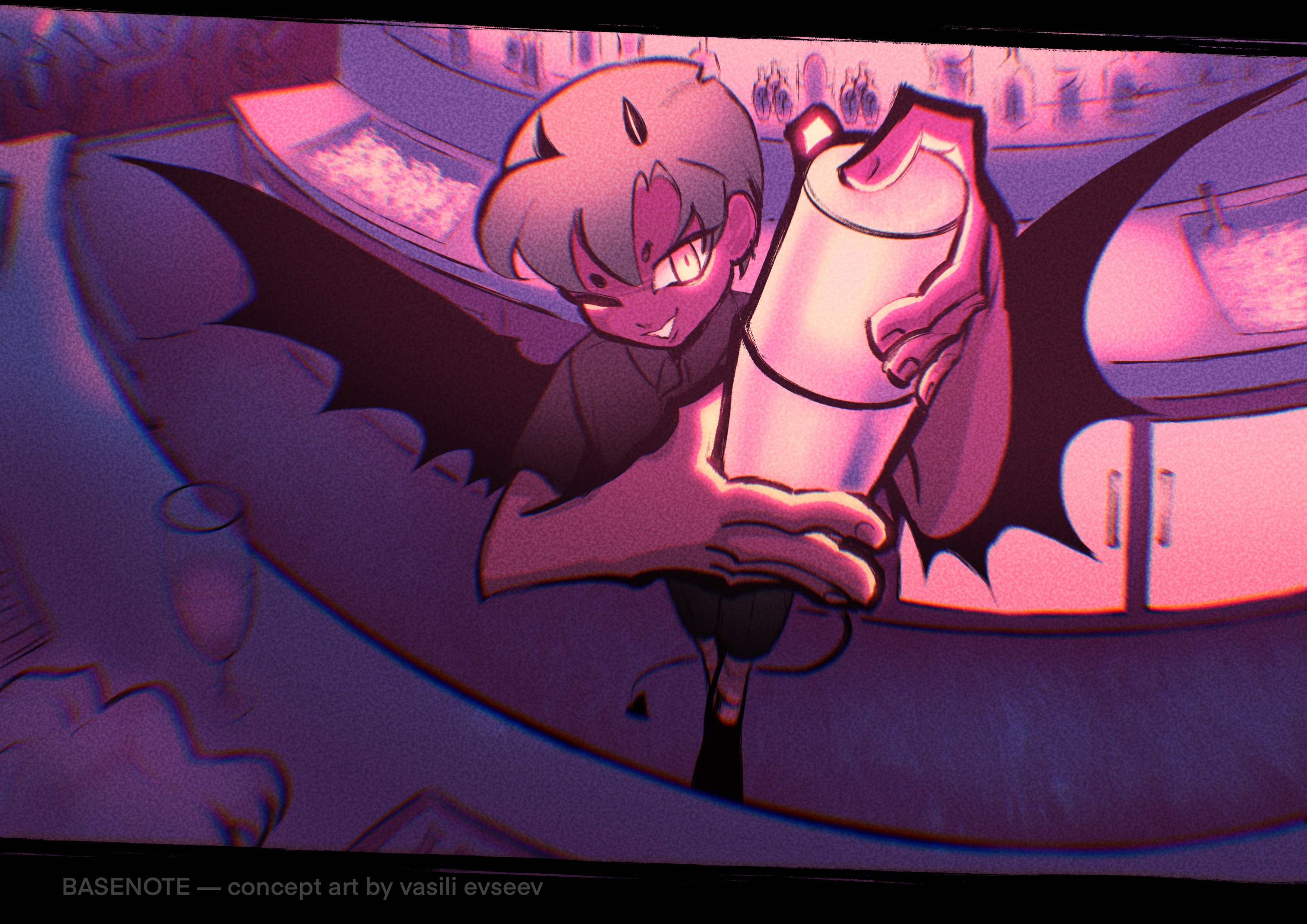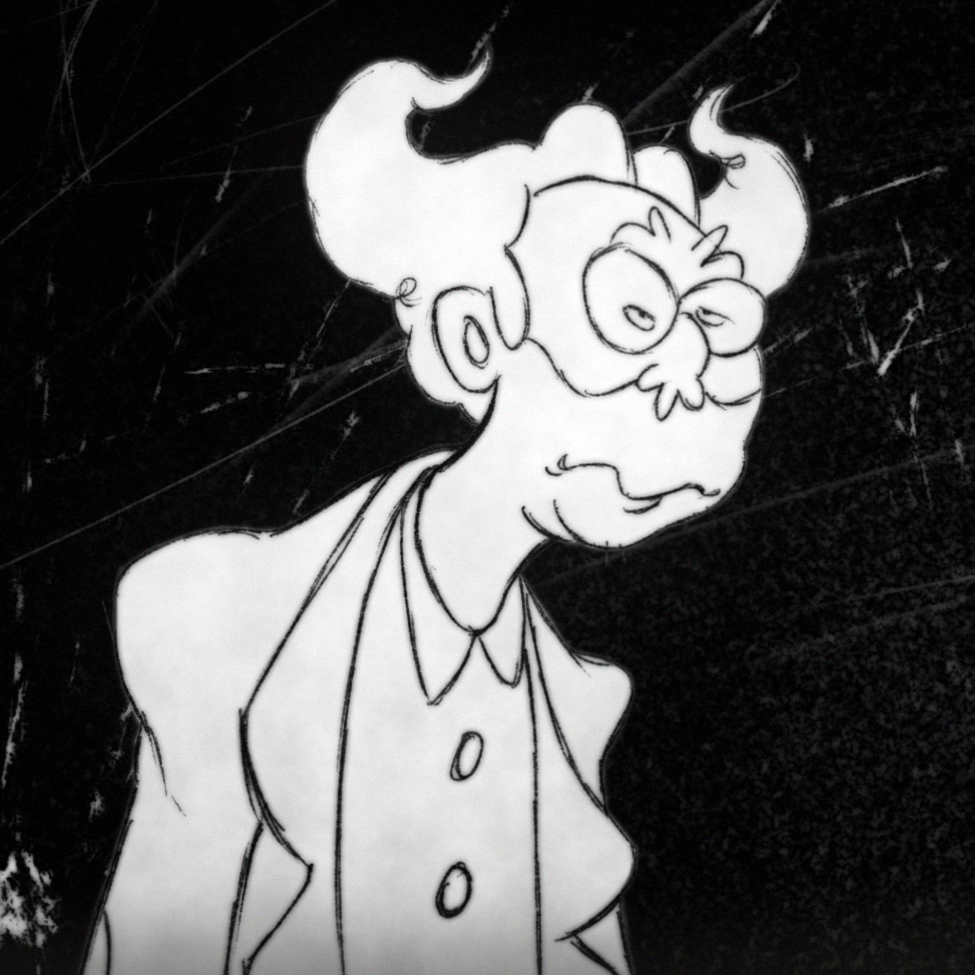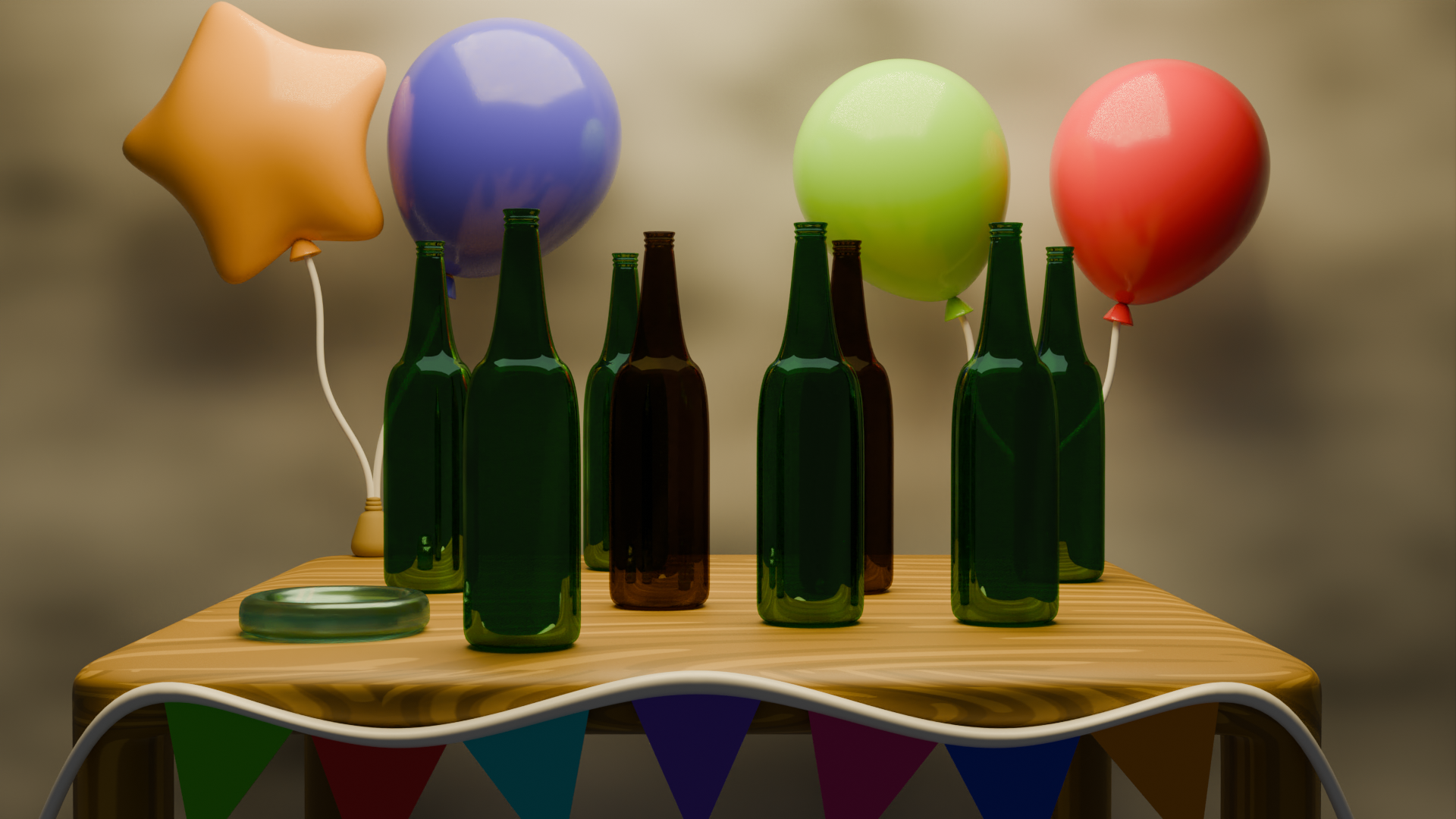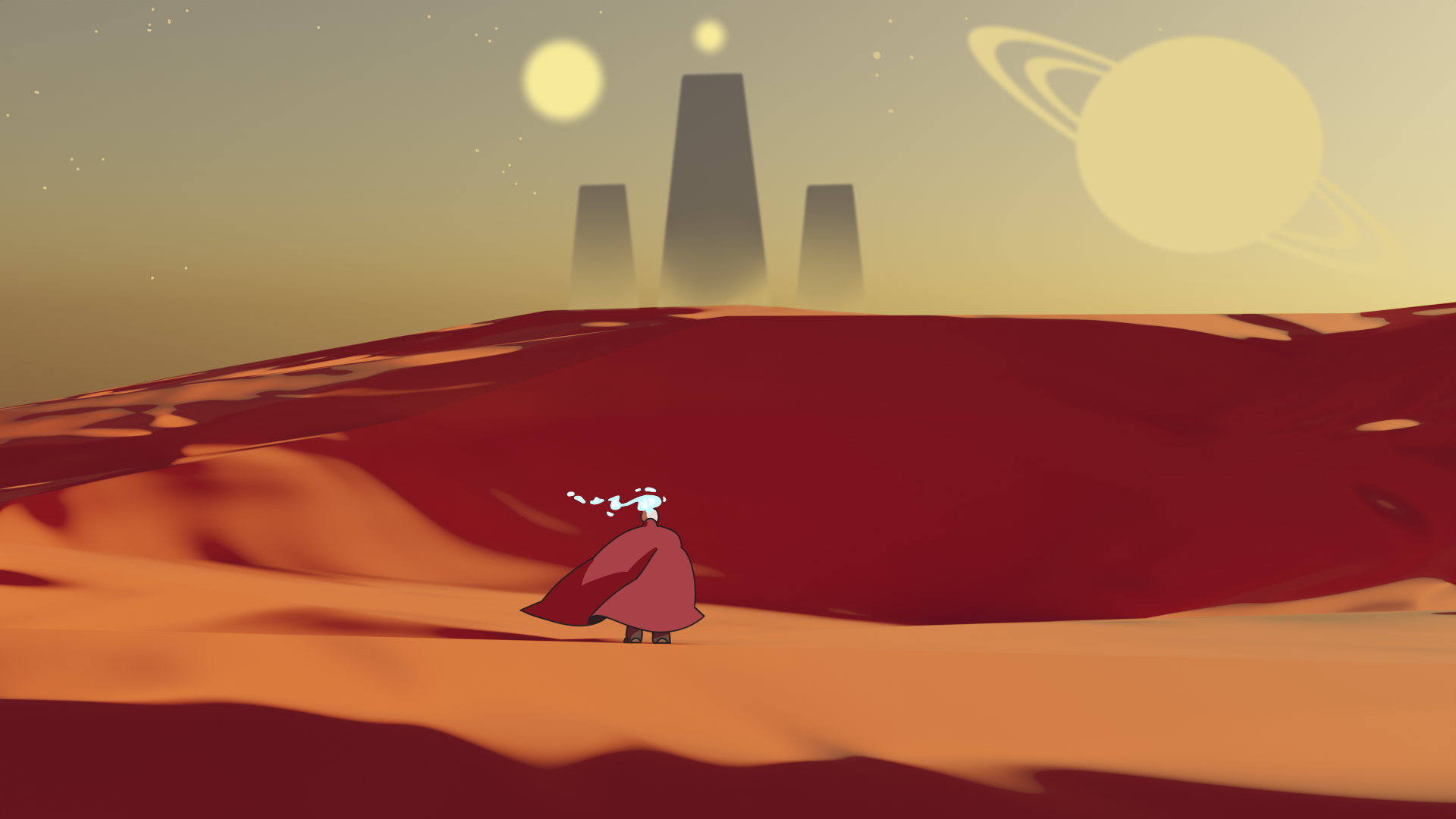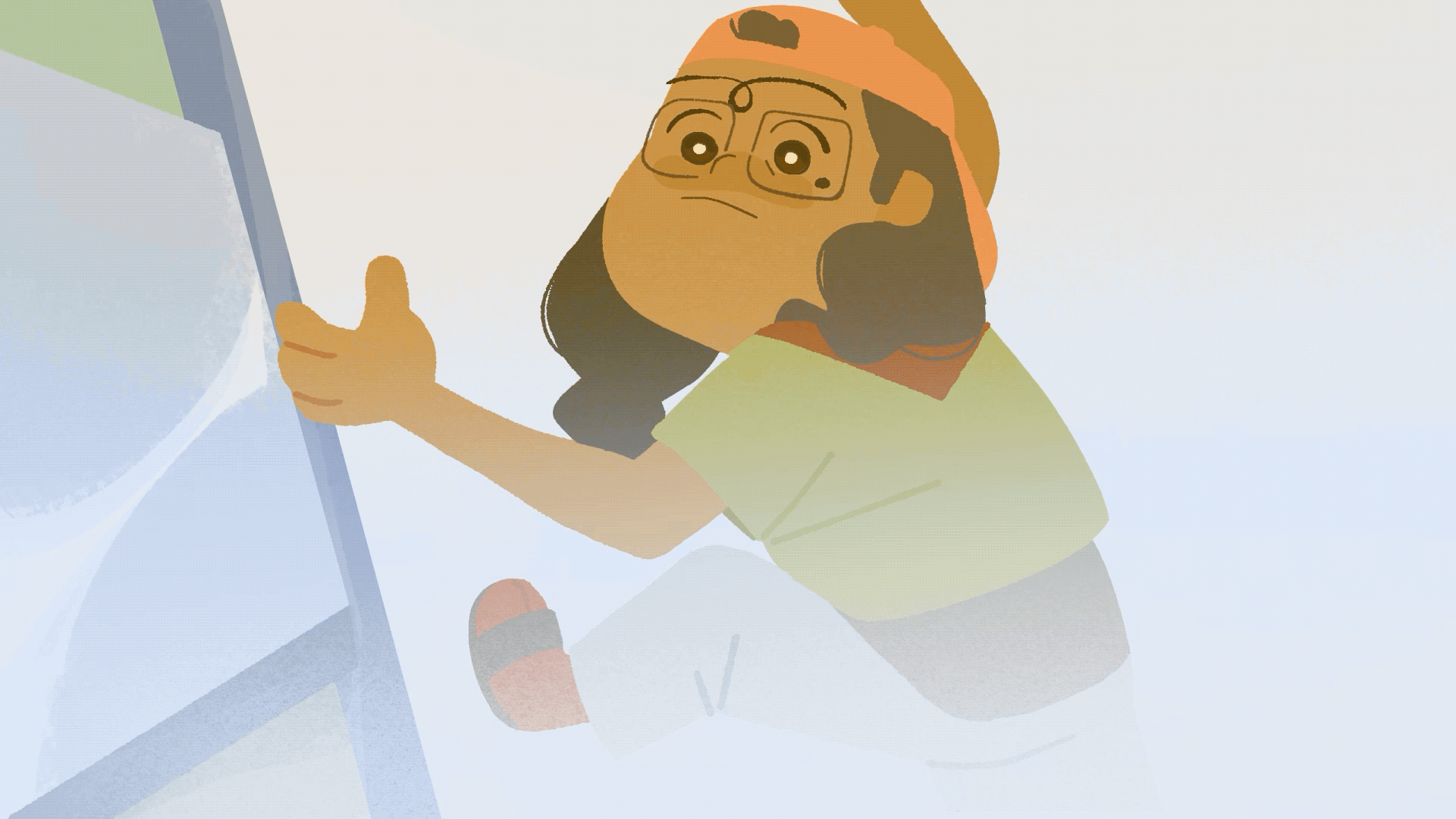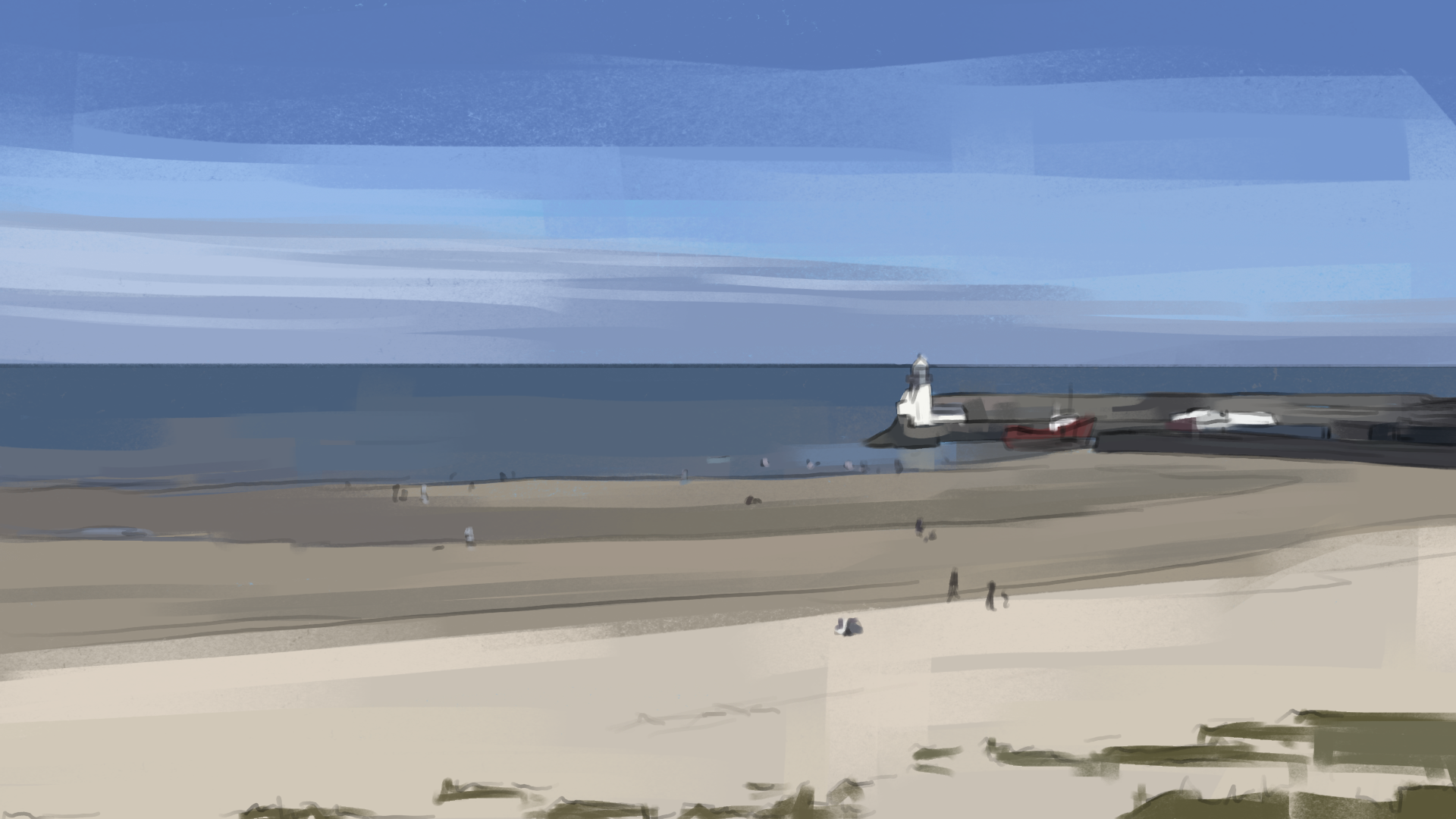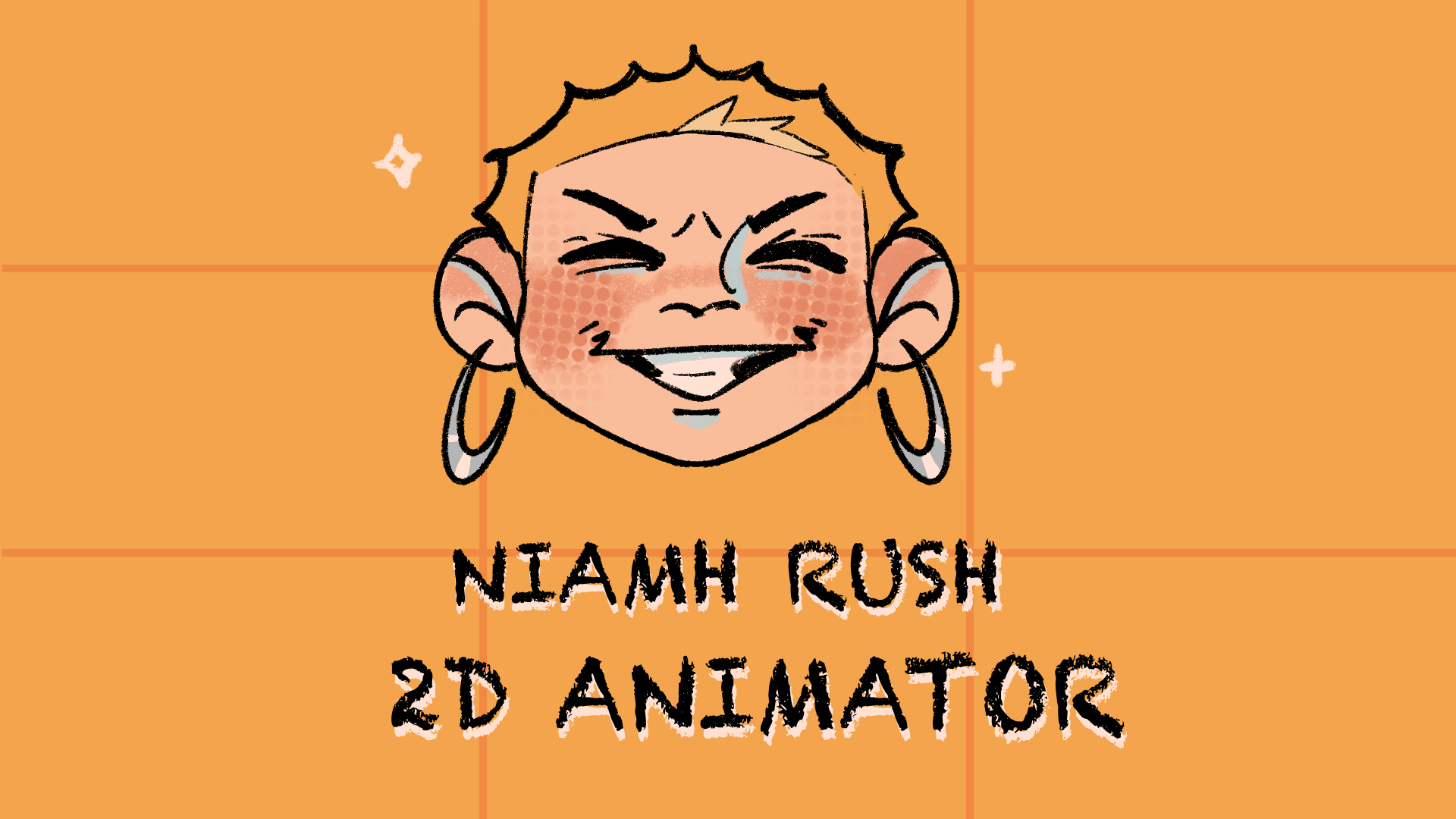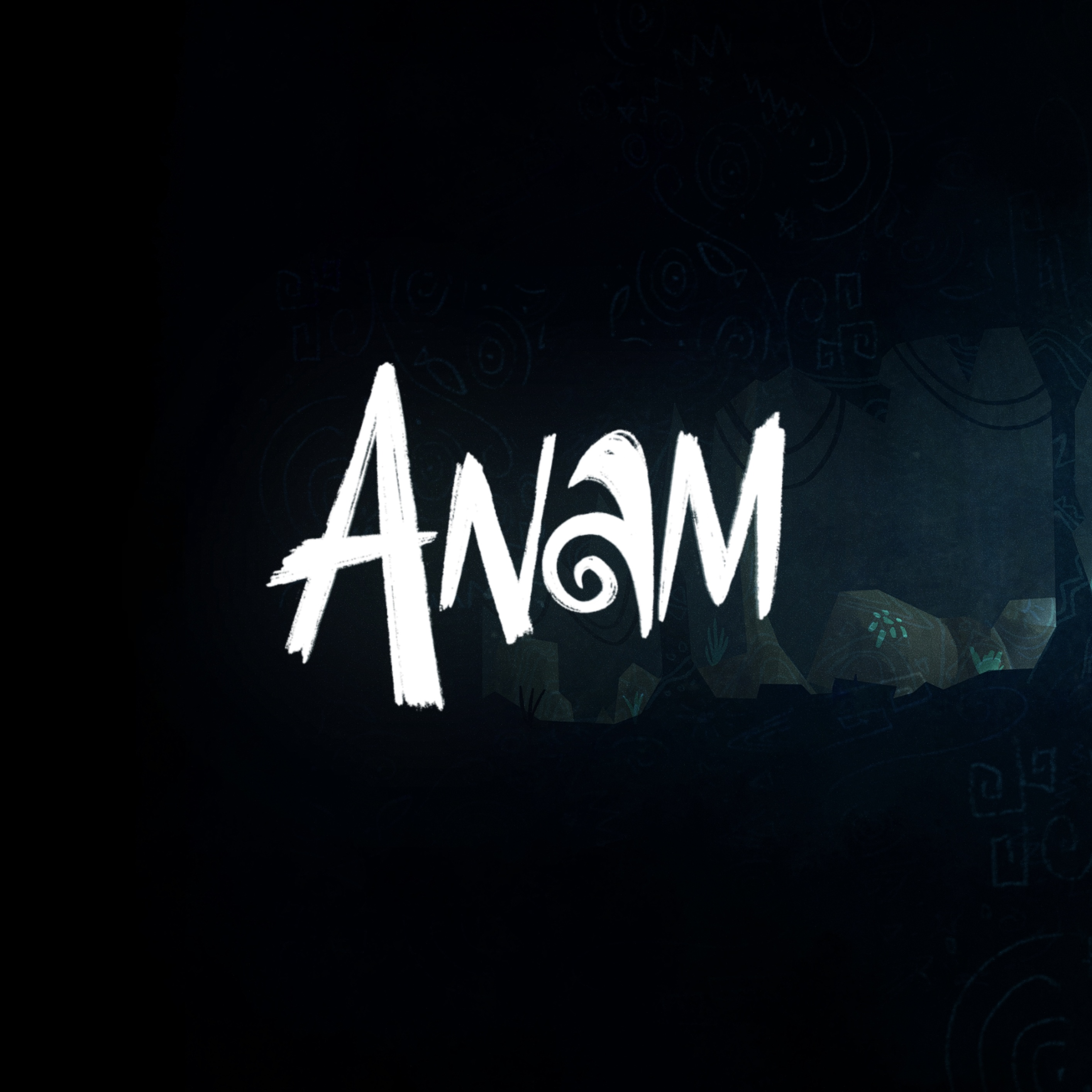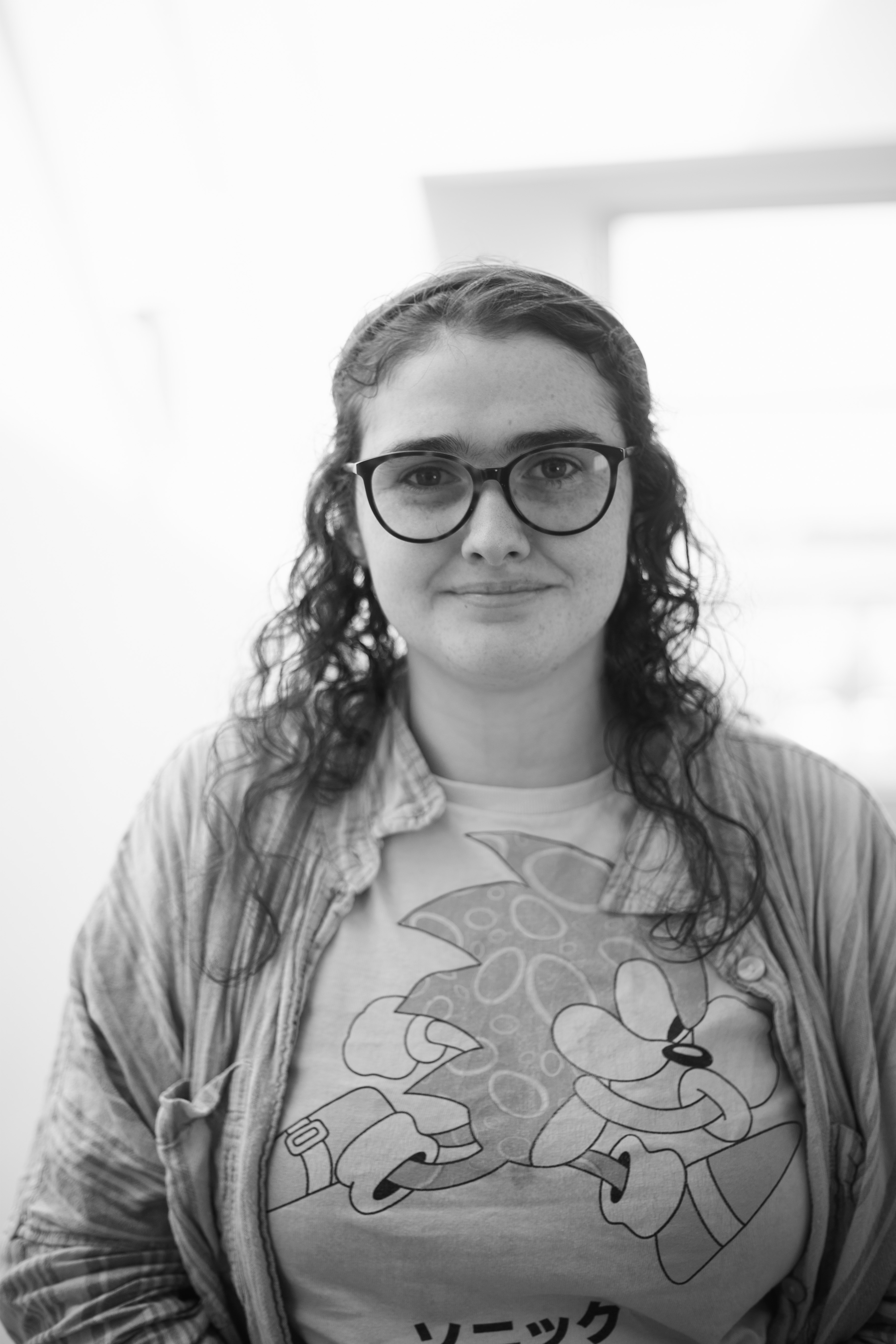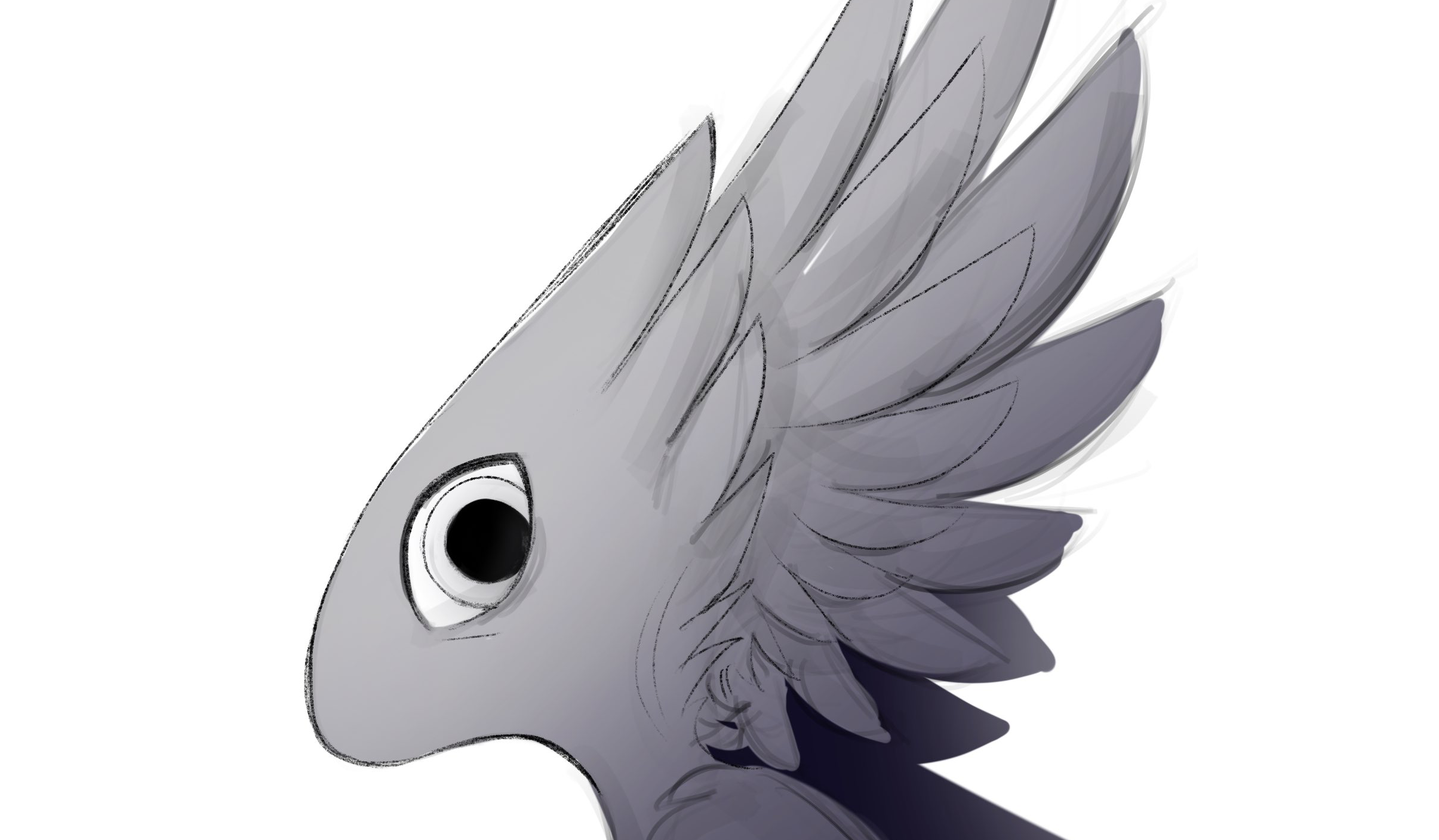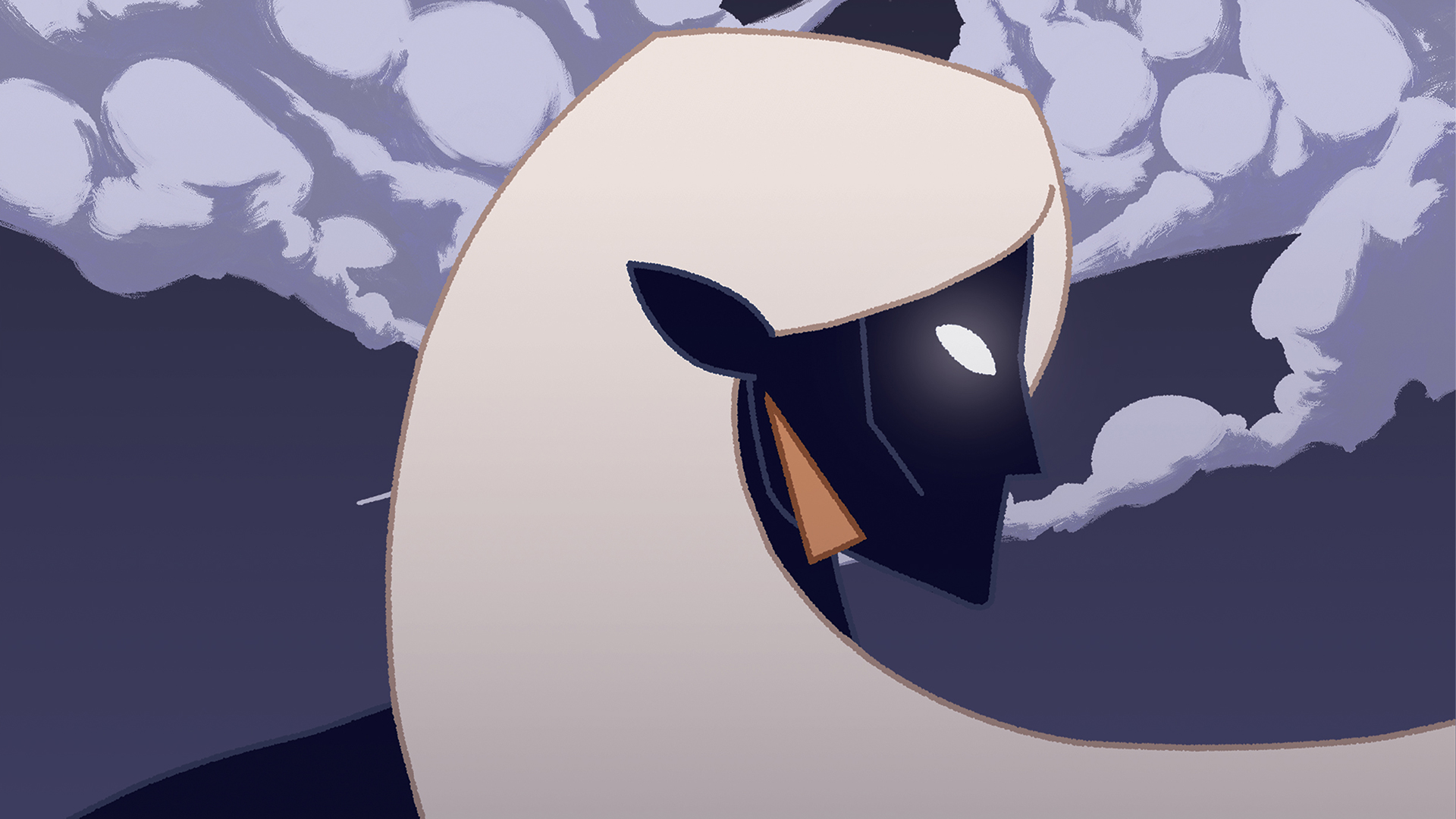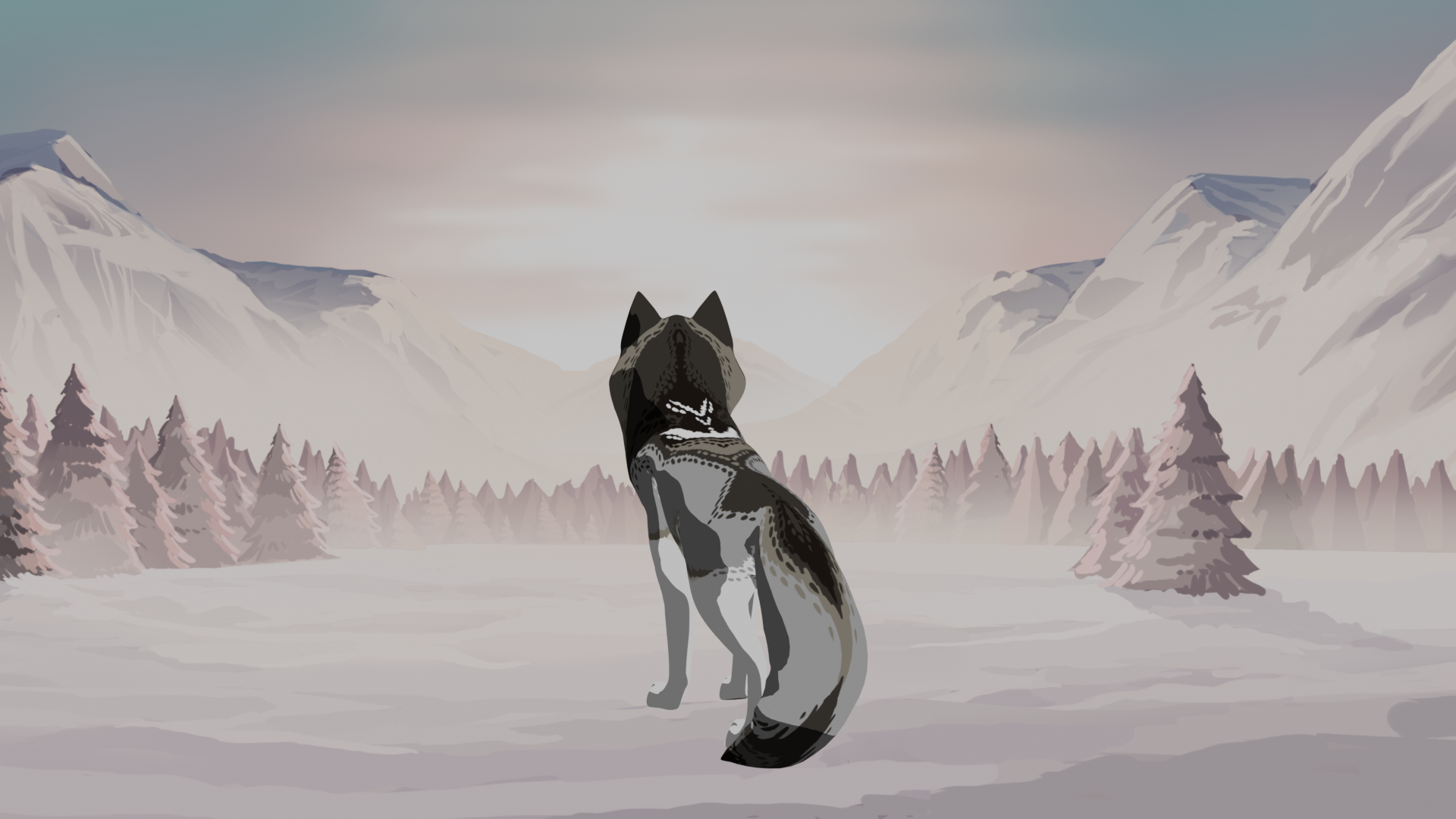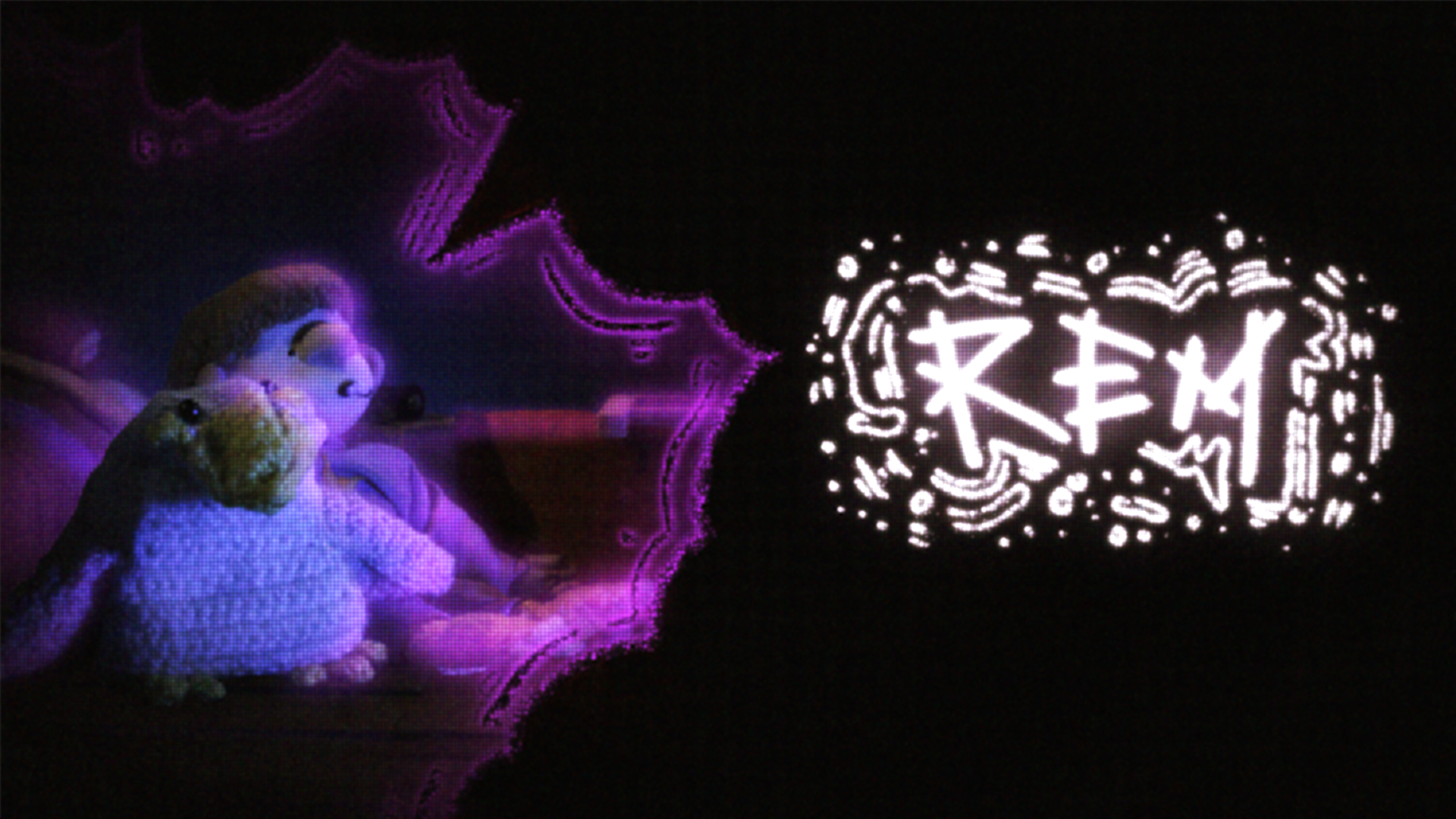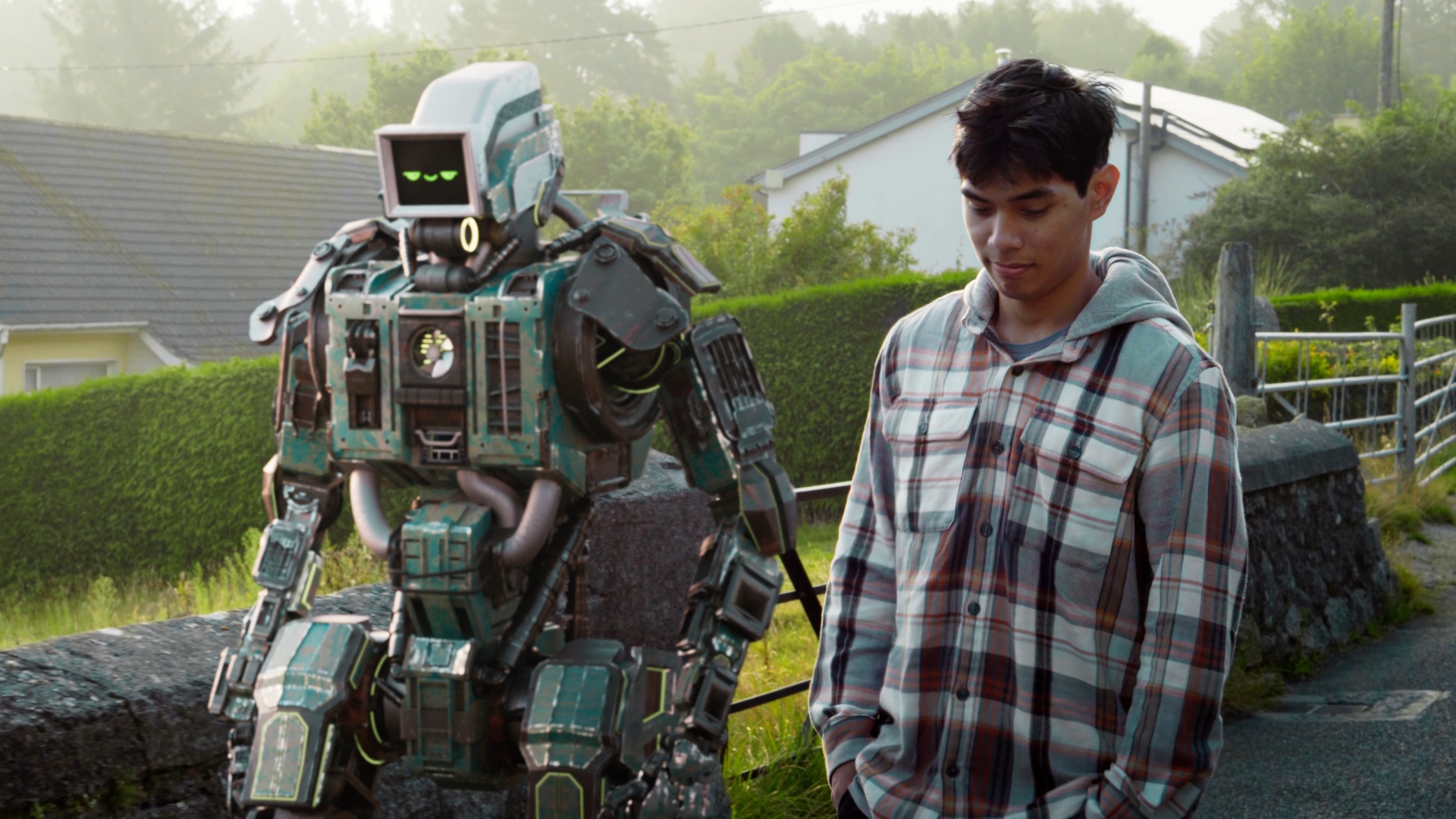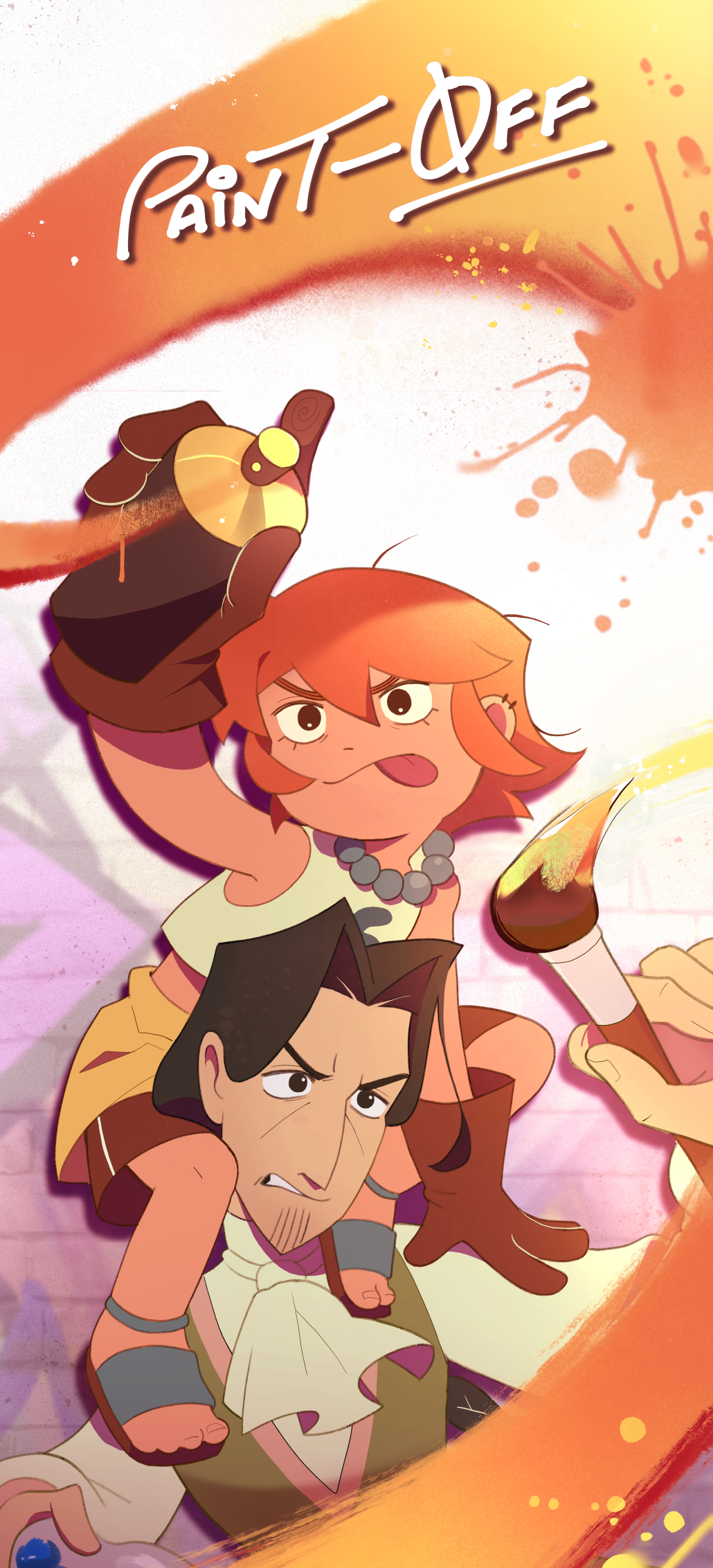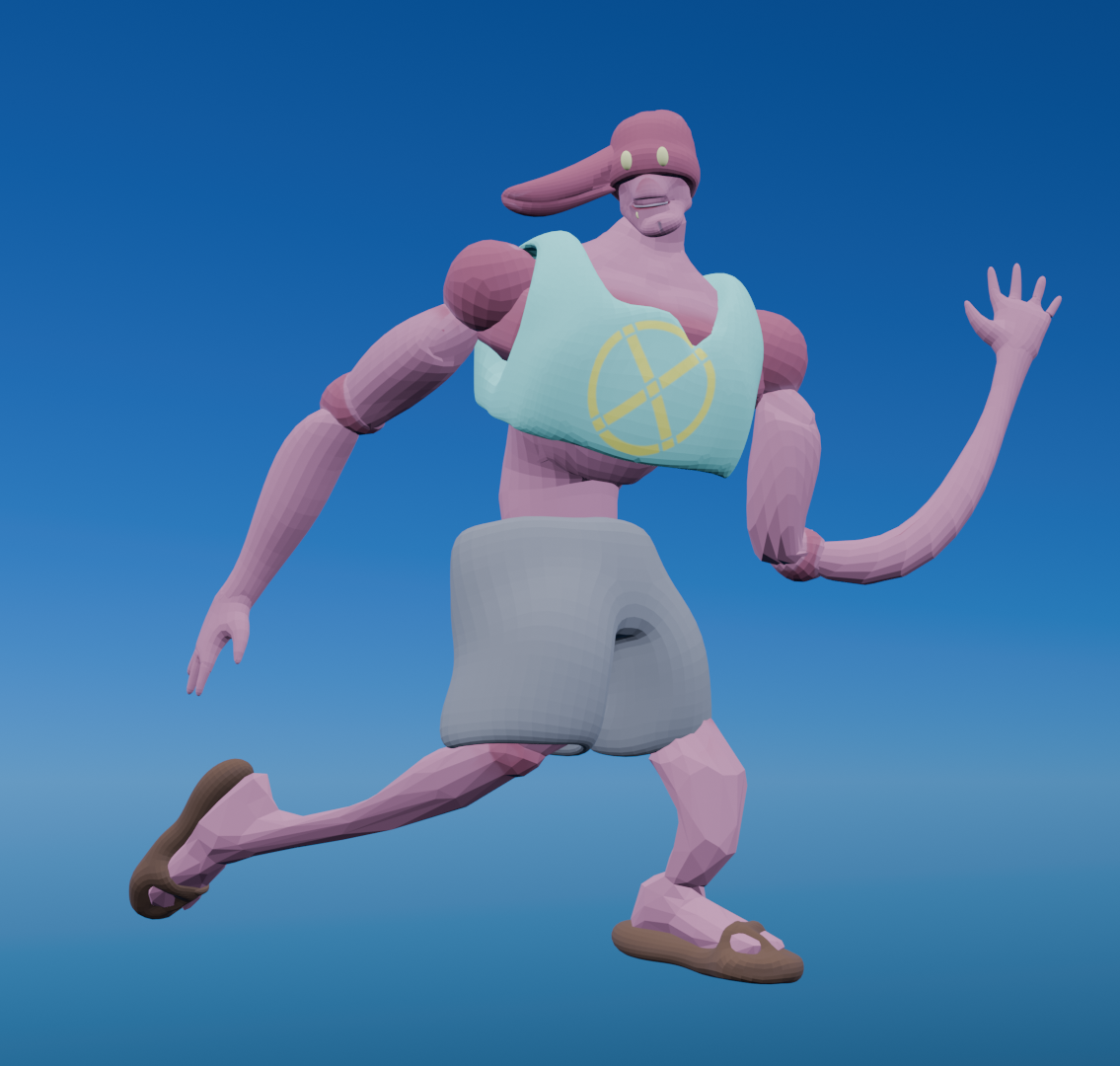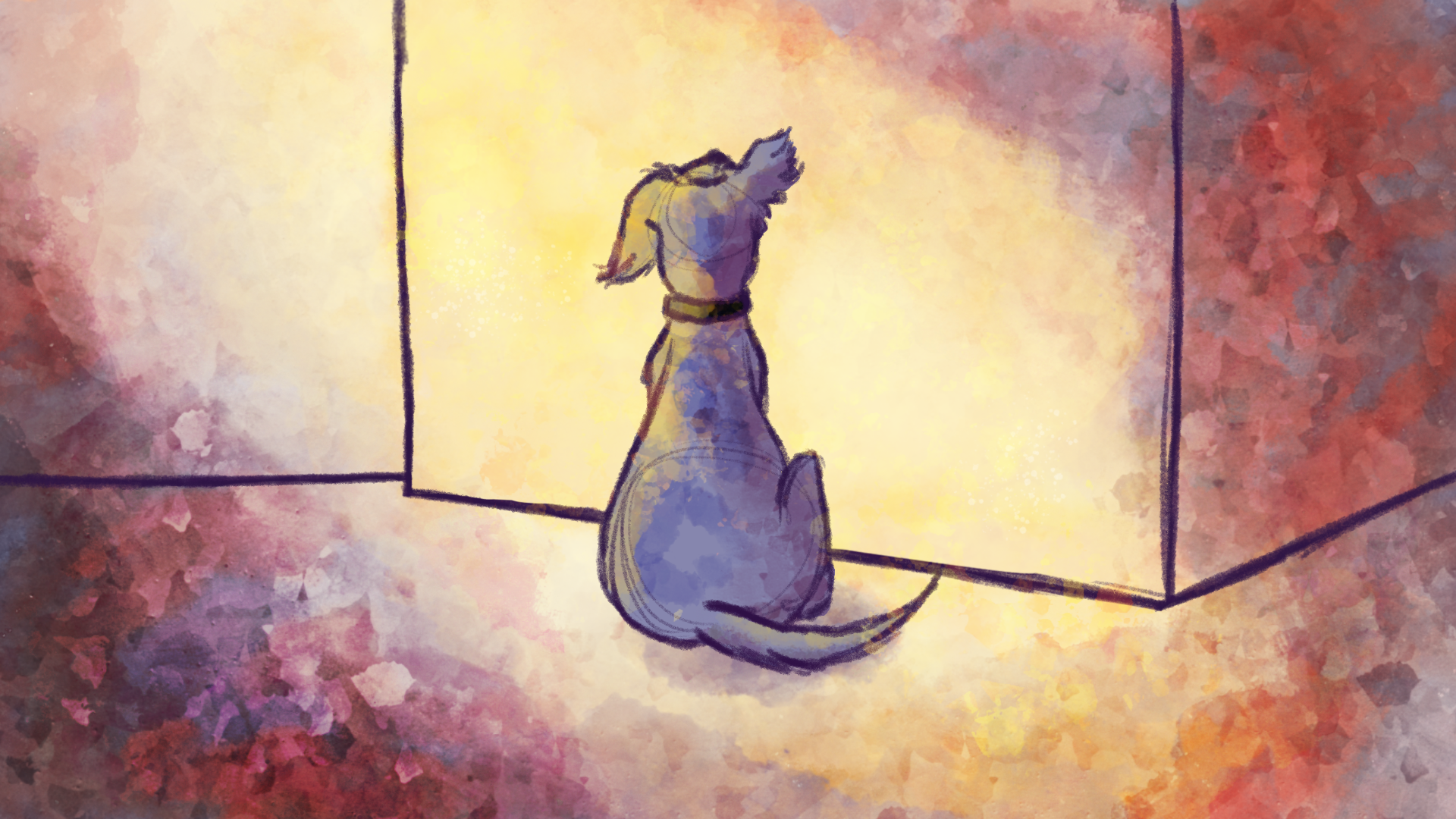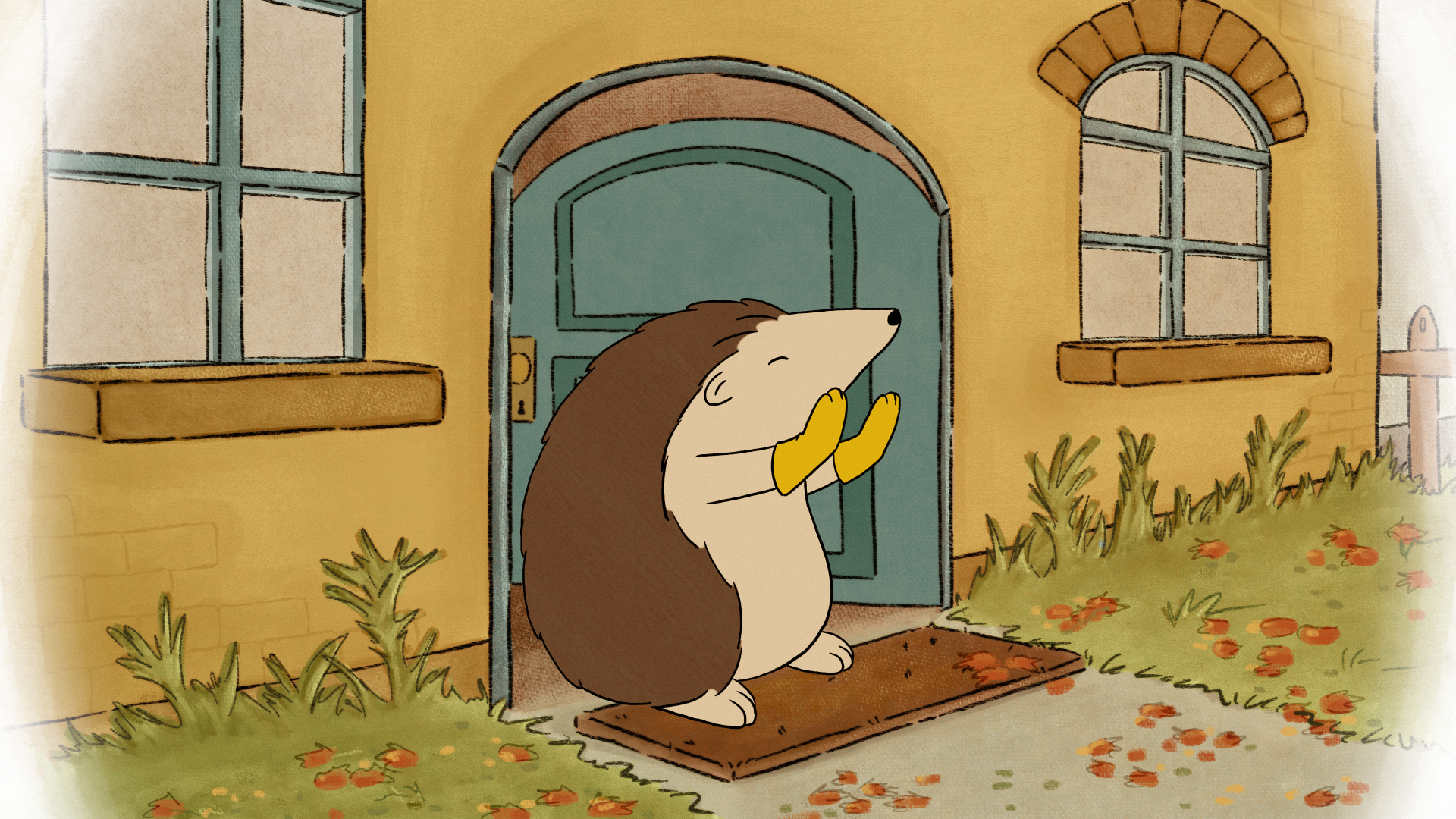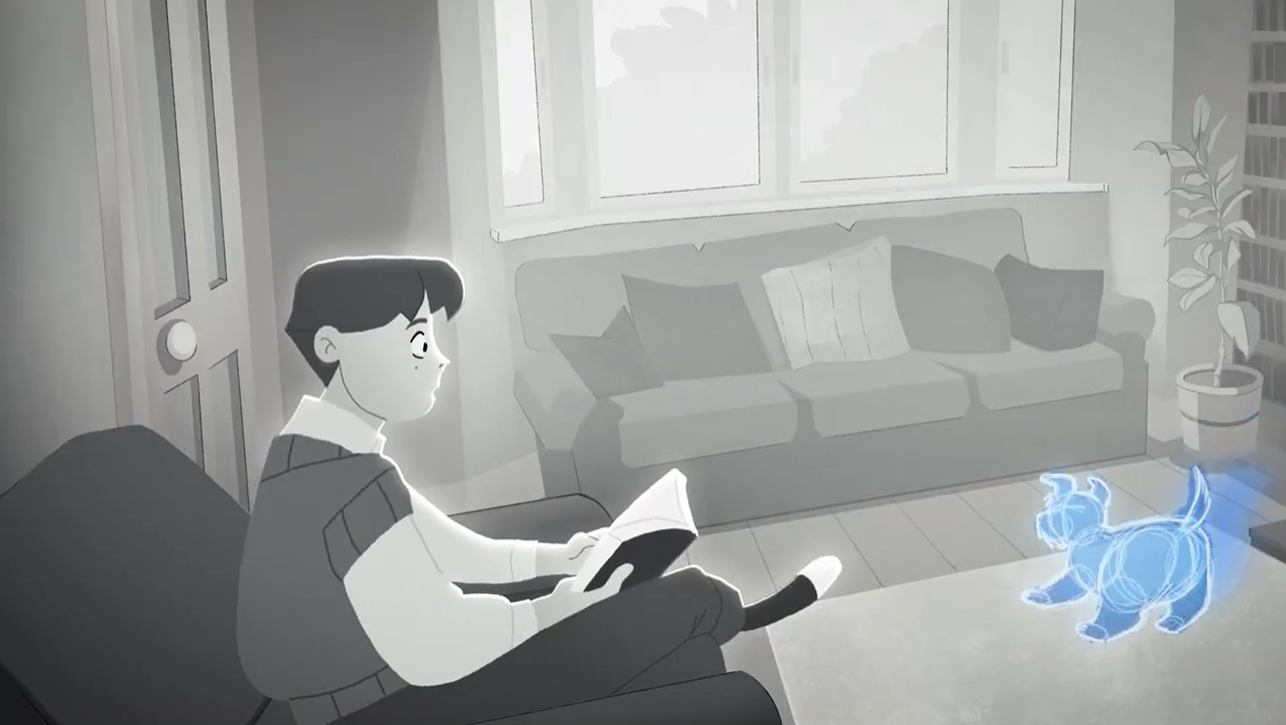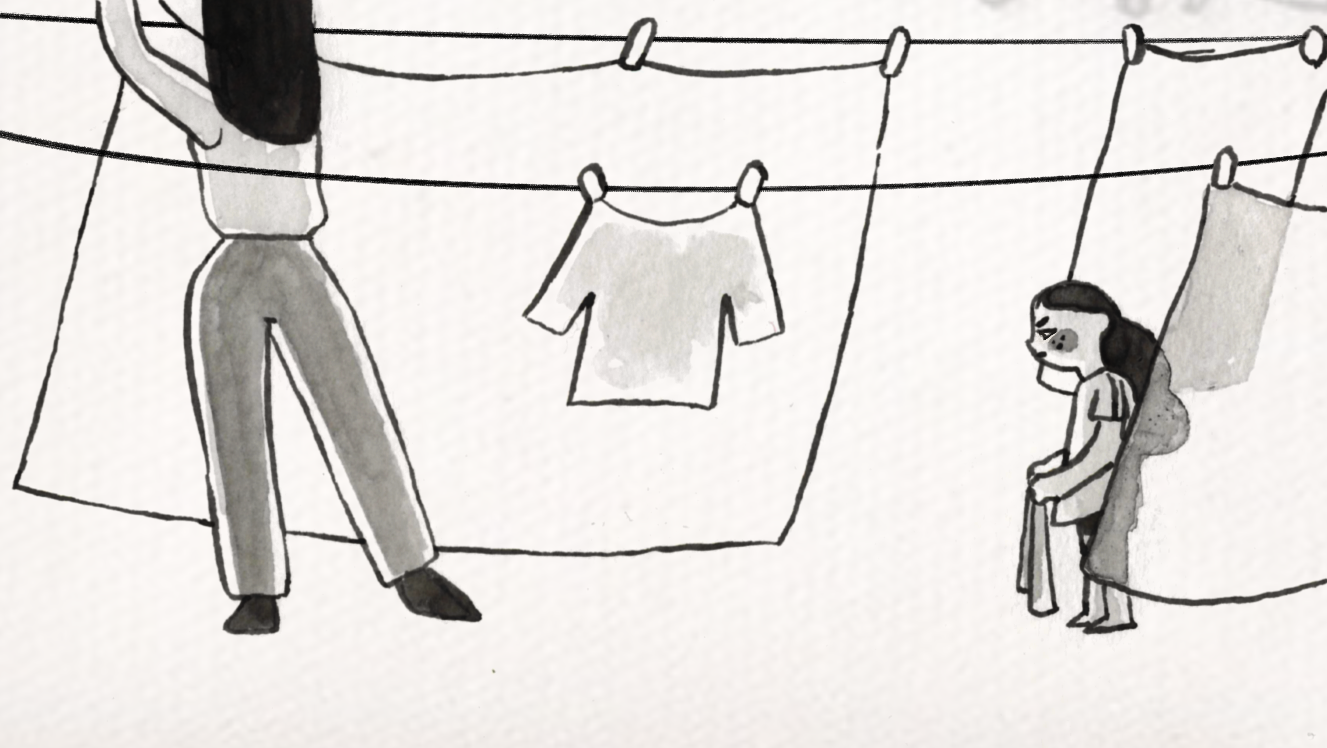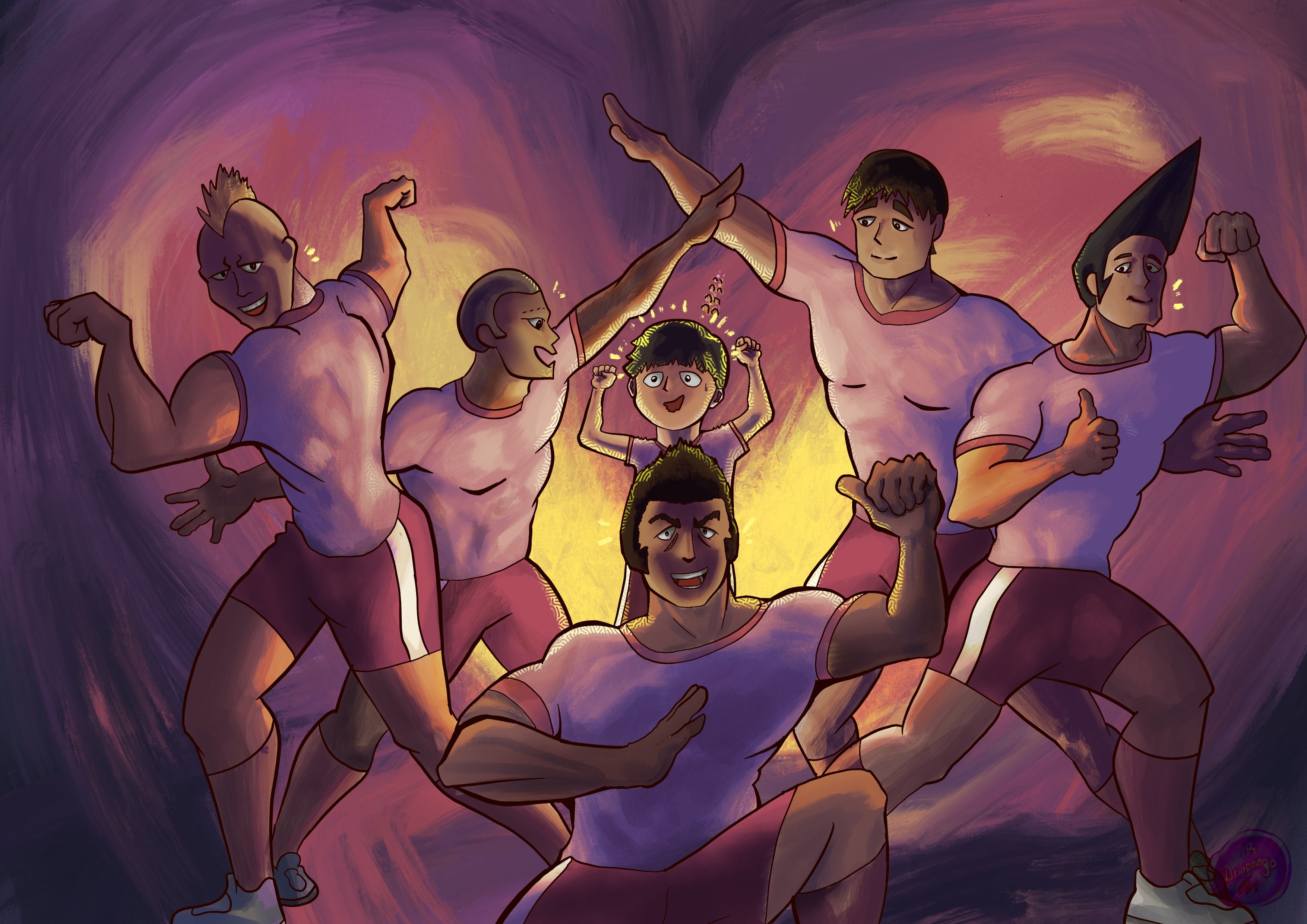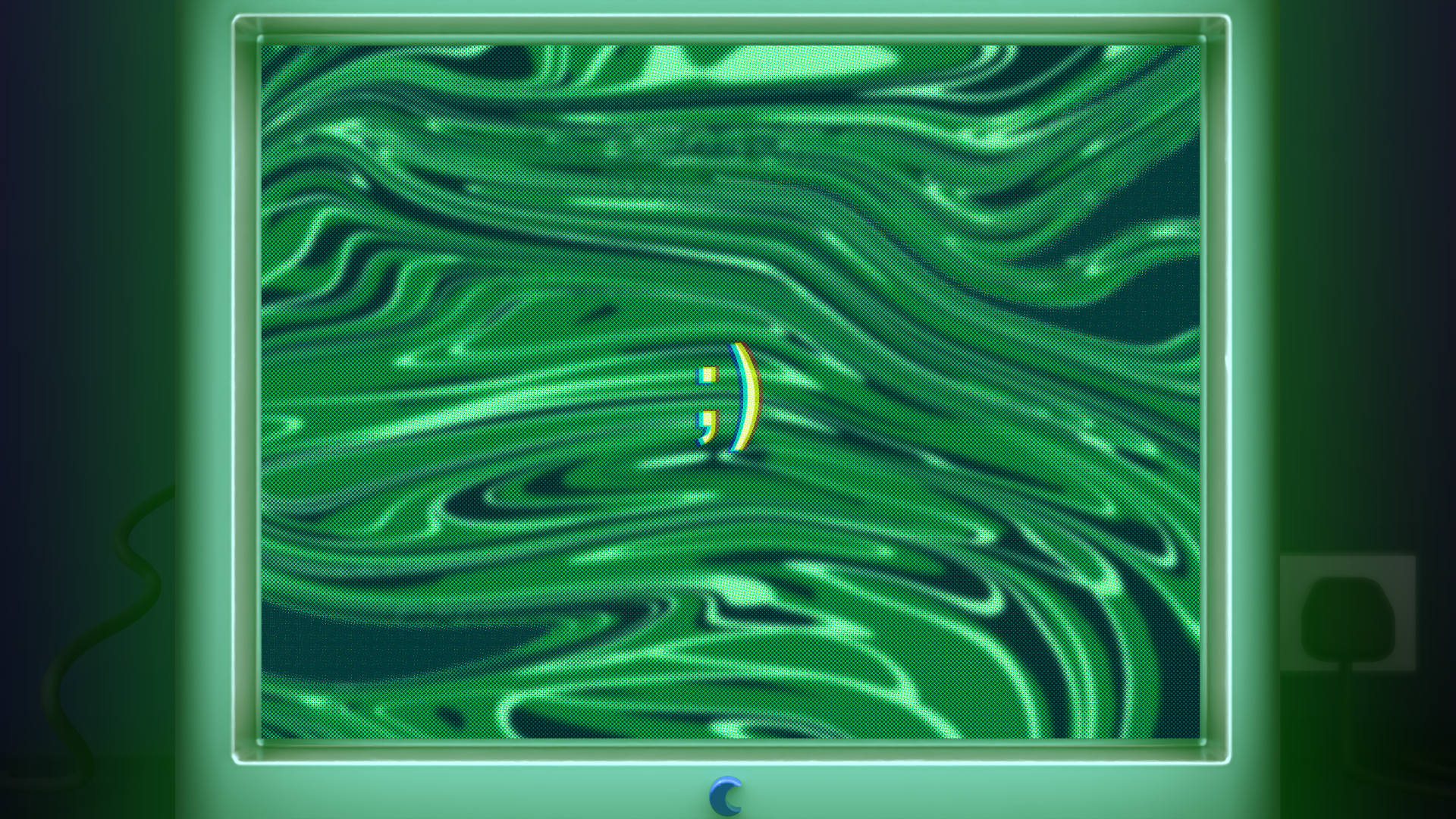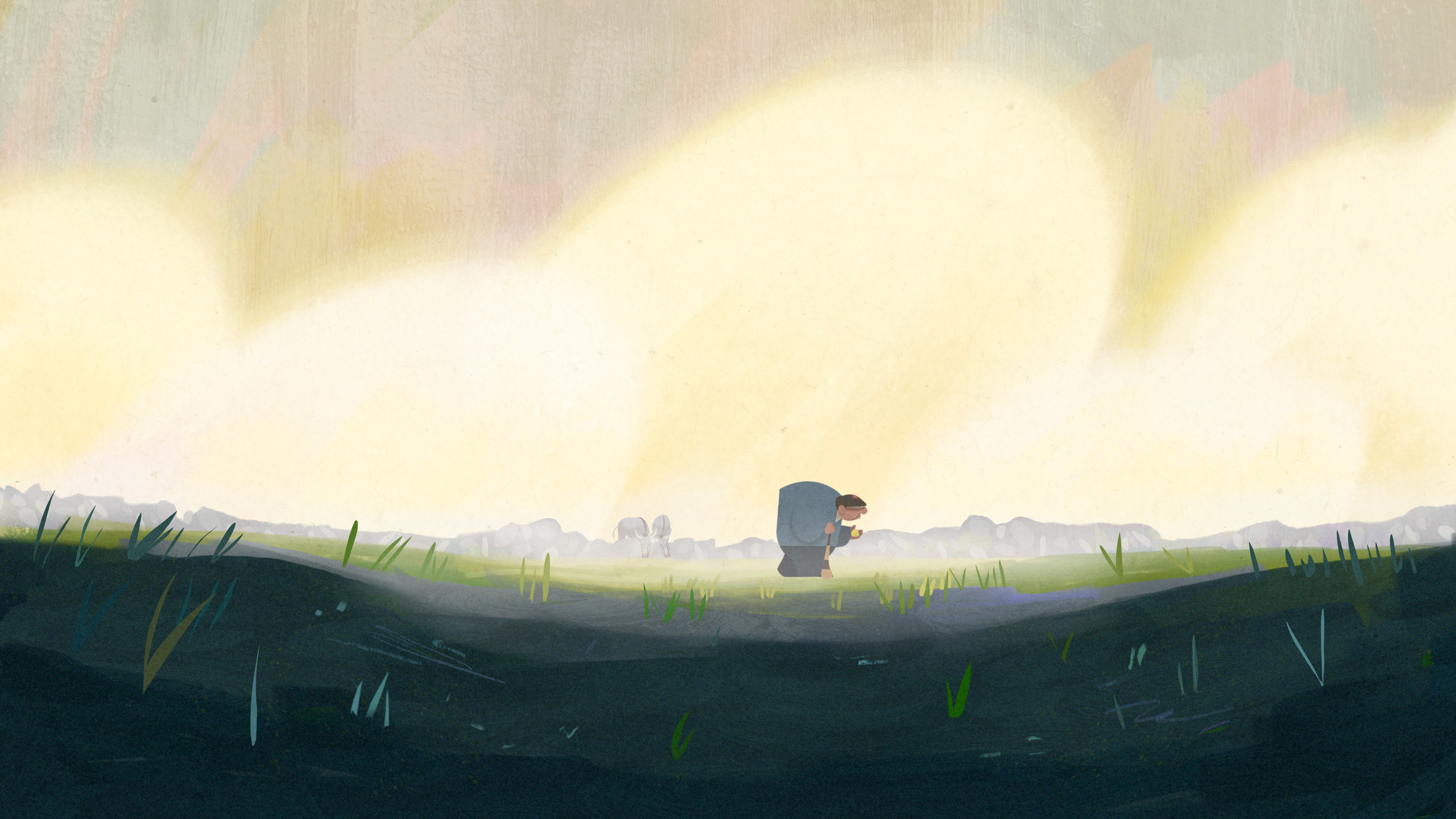Julia Droste
“DATA” is a film about birds which have the ability to turn their experiences into a sort of data. The data from generations of Birds has settled/ been stored over the years on the rocky cliffs of their world. The main bird character lives in a valley that used to be populated with forest but now there is only one old tree left. The birds biggest wish is to eat a fruit one day, often looking at the memories (data) of previous generations of birds eating fruit. One day the bird discovers a mysterious object which can process the data the birds have created.
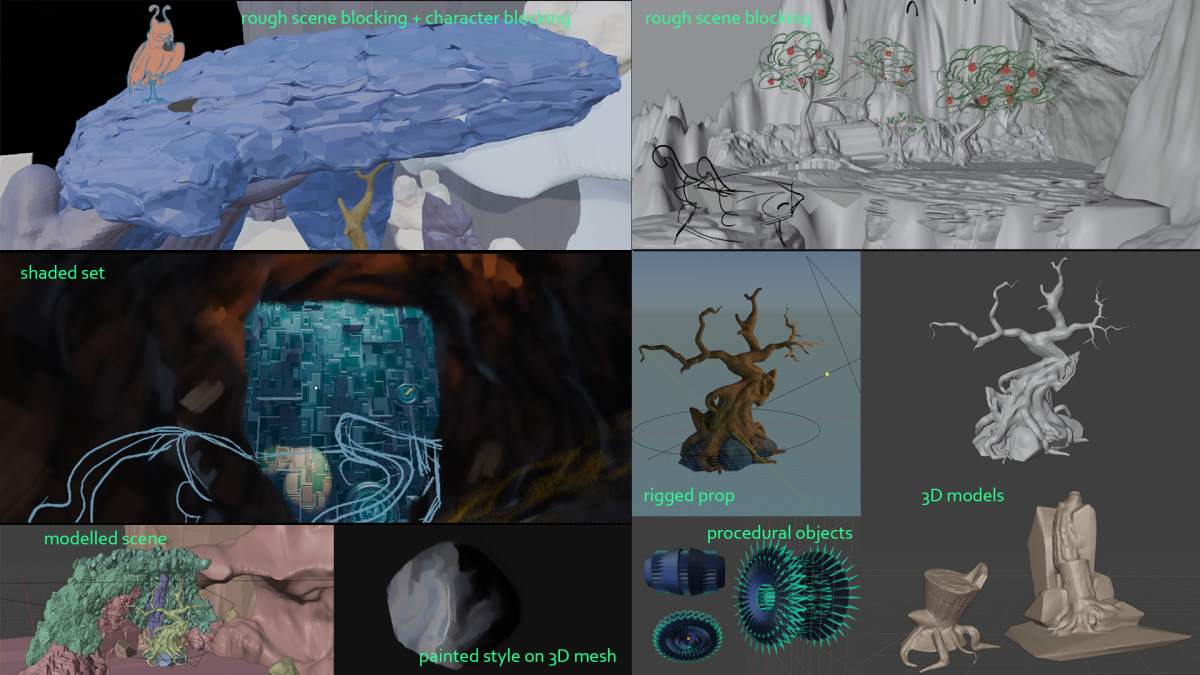


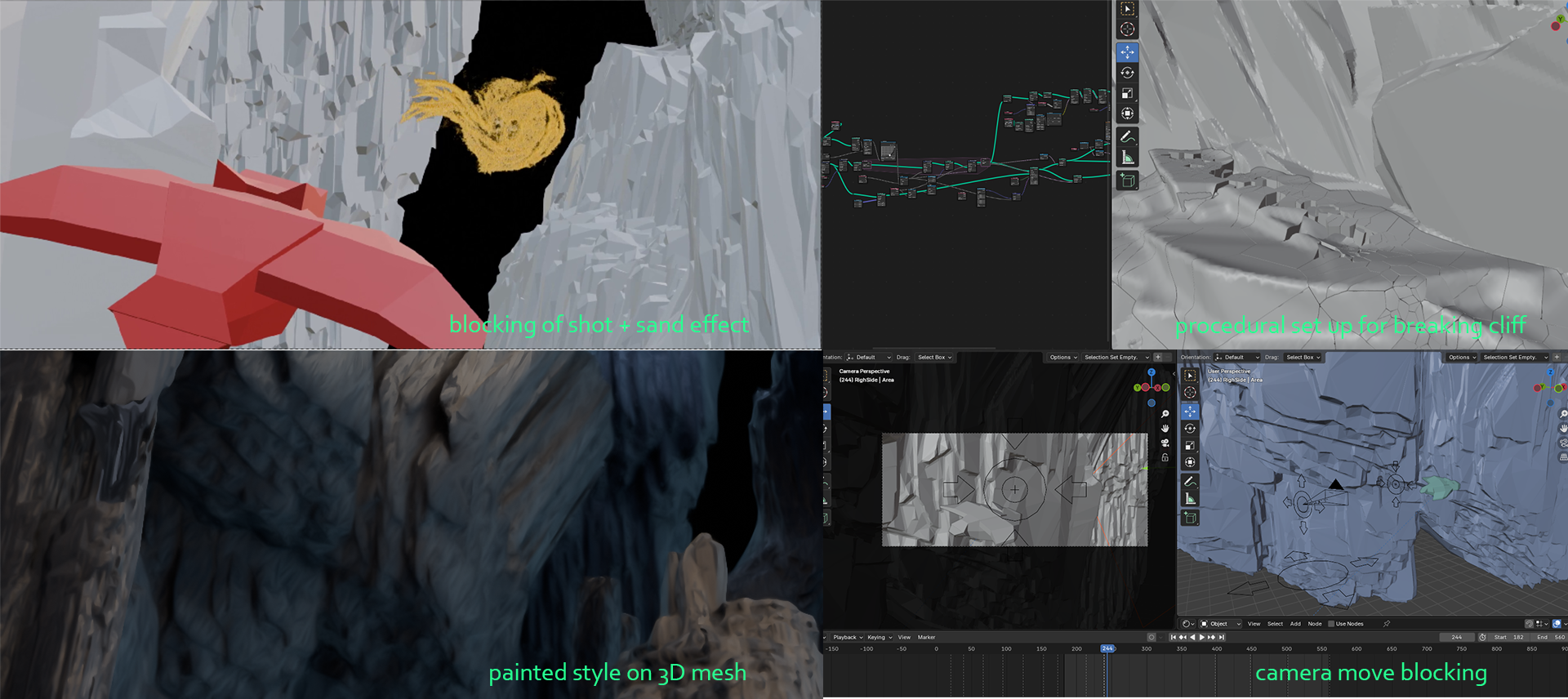
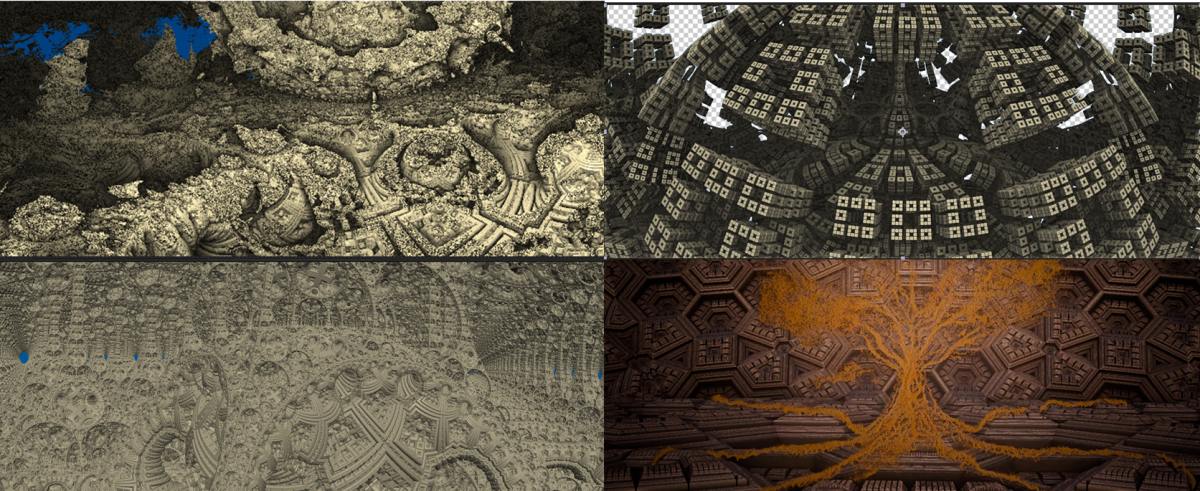
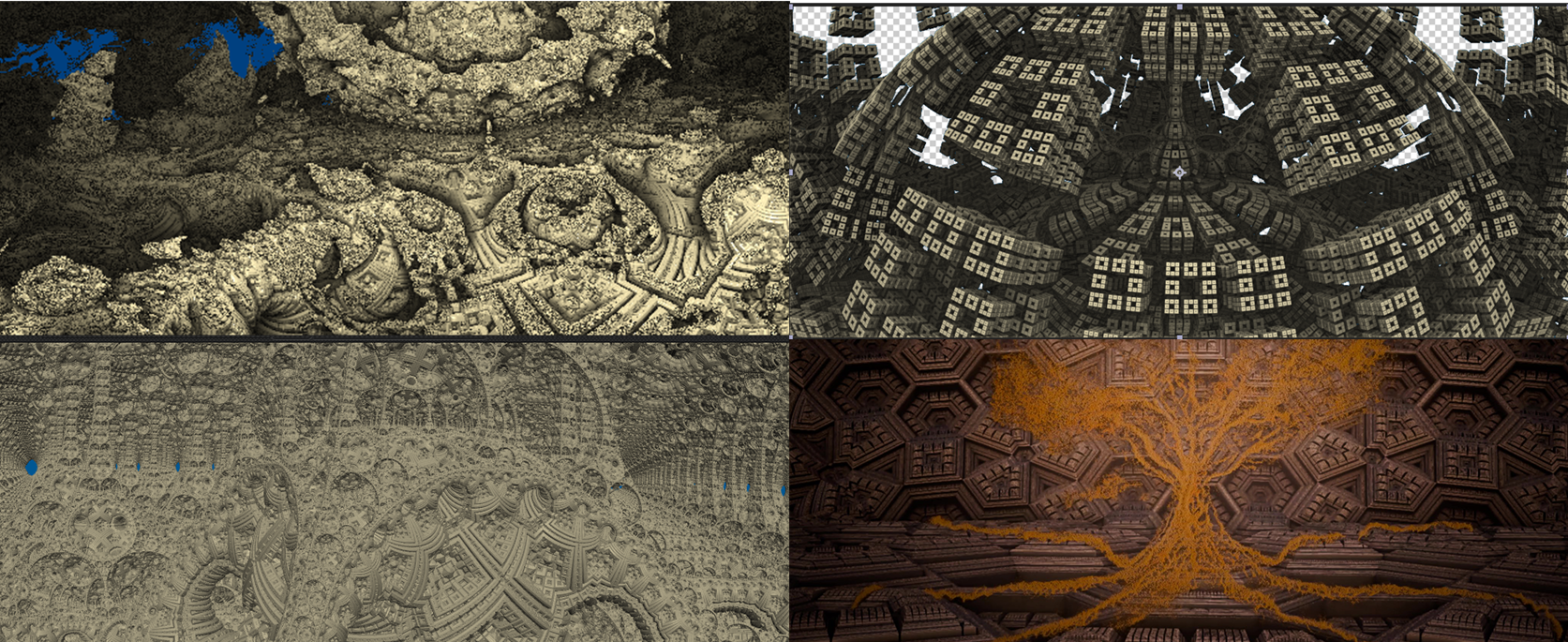
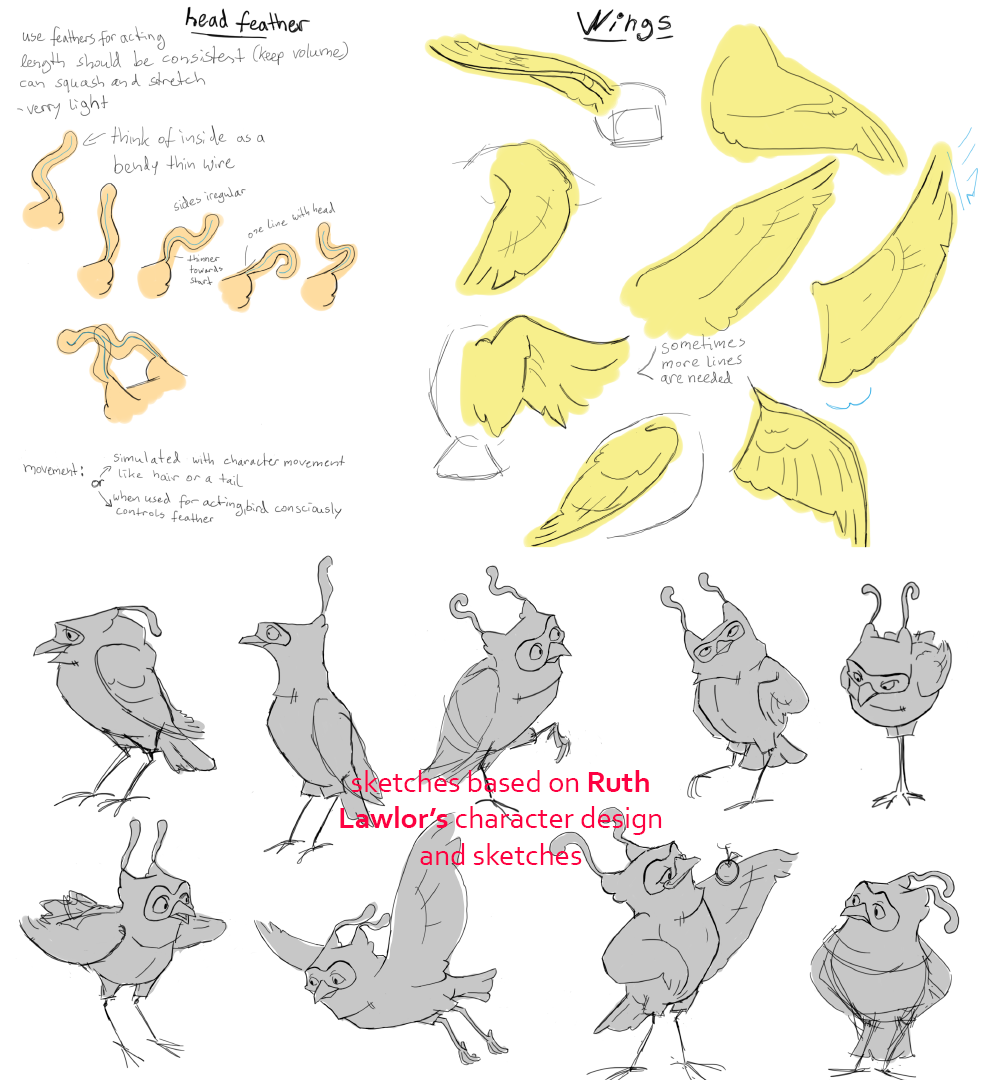



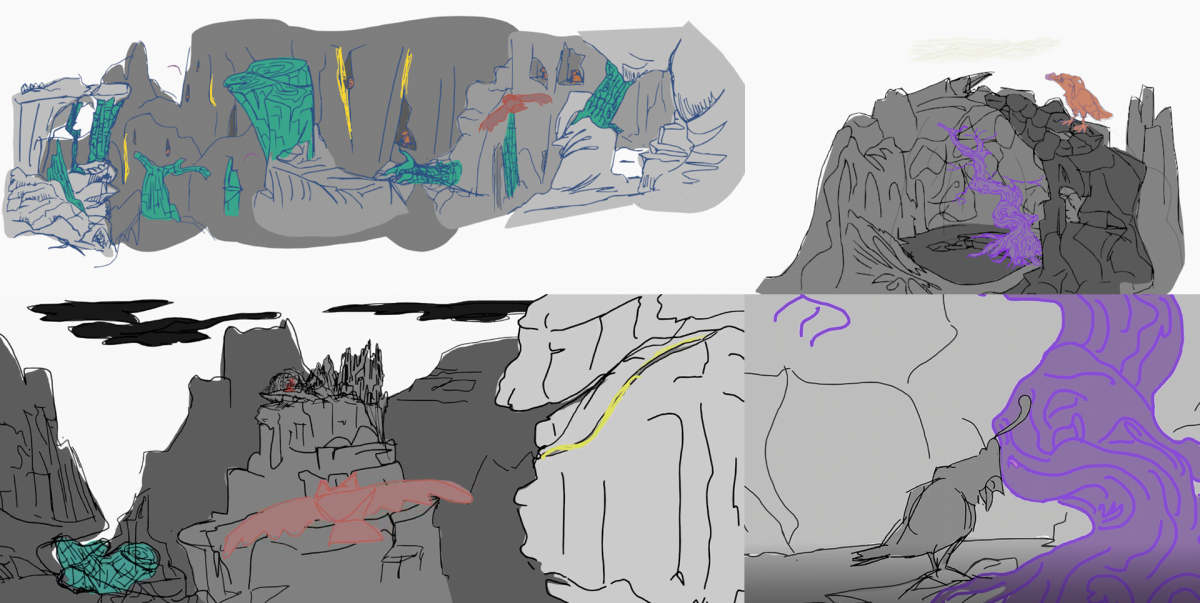

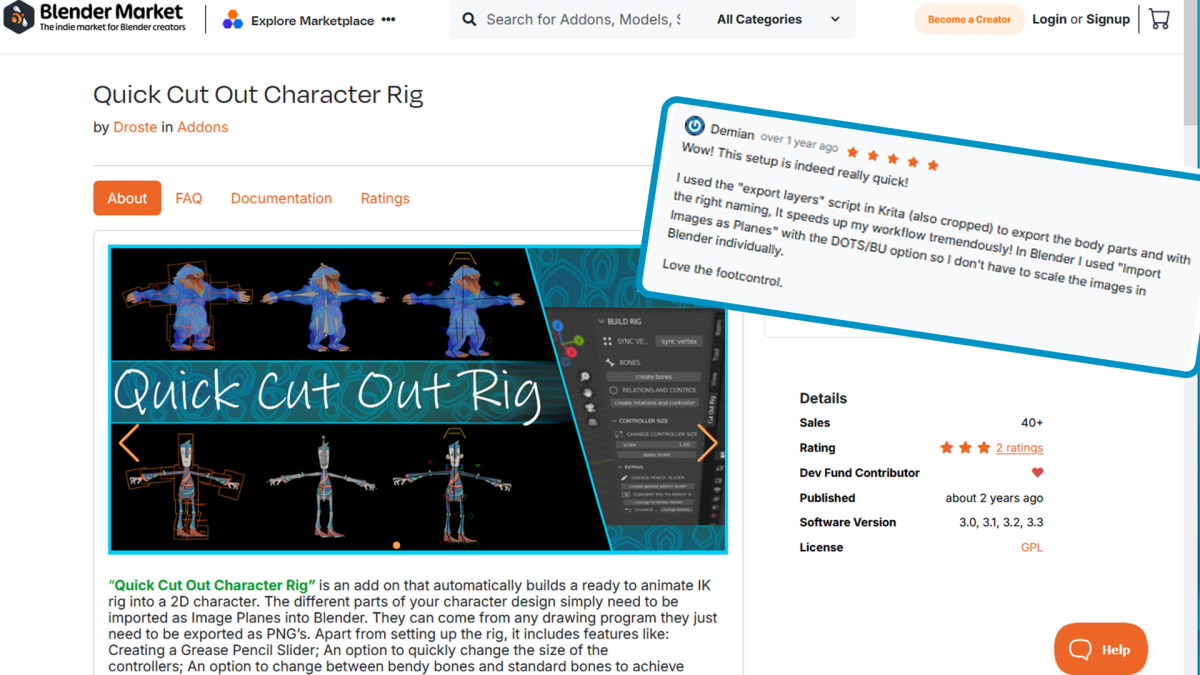
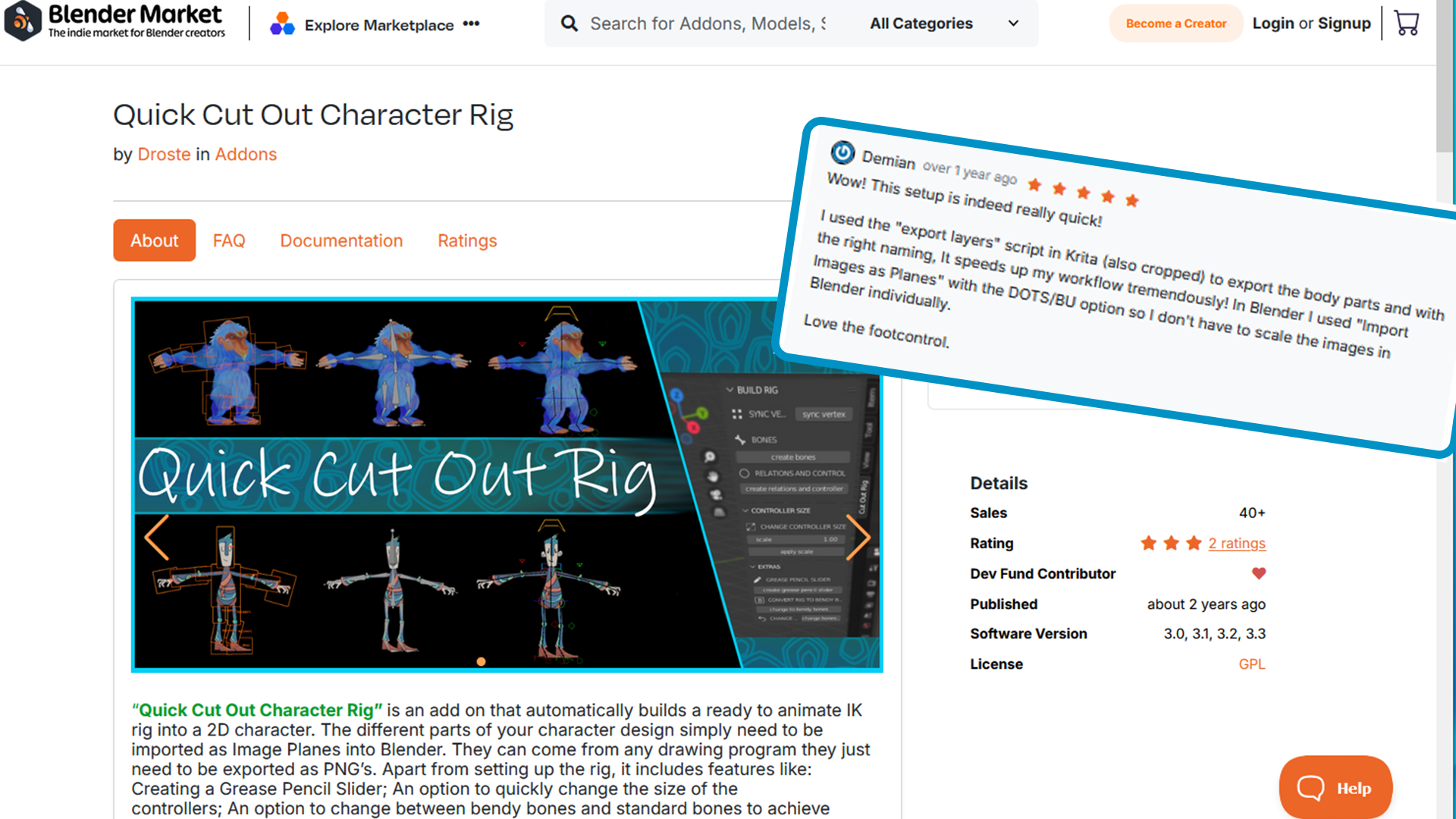
I have been interested in animation for a long time. Starting with my first animation internship in 2013, I learned and worked in a number of different studios, projects and departments. Learning about all the different workflows and techniques got me interested in combining different styles and production techniques. Professionally I have mostly worked in 2D pipelines, sometimes in 3D or a mix of the two, as well as a bit of virtual reality animation. Departments I have worked in include 2D character animation, 3D scene prep, 3D rigging, 2D rigging and pipeline development.
In my film I combined digital and analogue animation techniques. Some techniques I chose because of their attributes in production, while others I used because of their visual attributes. I used 3D sets to allow dynamic and complex camera movement to match the flow of the music. In addition I then could use 3D lighting. Furthermore I find staging shots in 3D quicker and more intuitive. This flexibility and adaptability in 3D, was important since the other two techniques are 2D and once created more locked down. Procedural setups in Blender's geometry nodes also brought flexibility to the production process, which was helpful for syncing the film to the music.
2D character animation I chose because expressive poses and movement is easier to achieve in 2D, and it also allows more freedom for the character design compared to 2D rigged animation or 3D animation. Fractal and sand animation I integrated because of their visual attributes. Fractals can create very complex iterative looking visuals that can’t be achieved any other way. This repetitive technical look was important for the storytelling. Similar with the sand which I used because of its textured, grained look and the morphing animation style. I think it works great for the representation of stored information and data sets consisting of little pieces/packages that can unfold and show its content.
I also further explored ways to achieve a painted look in 3D in my film.
I wanted to make a film that was animated to music, but also had a narrative. I developed my own short story and wrote a script. My composer Sophie wrote different musical themes for different stages of the plot and characters, which we then combined into a full score in relation to the story. I then re-timed my scenes and animations to match the music. The goal for the music was to use only instruments and no additional sound effects. Similar to "Disney's Fantasia" or "Peter and the Wolf", the music represents the birds flying or chirping, or when rocks crack, that sound also comes from an instrument.
I used my thesis to do some research on Artificial Intelligence in animation productions and to get more familiar with the topic. The research I did on AI for my thesis was also useful for developing the story for my film.
I like to combine attributes from different animation techniques and merge them into a new workflow to create new visuals for storytelling. I also enjoy doing character animation and 2D rigging. Furthermore I am also interested in coding and developing tools to speed up repetitive tasks in a production. I am always keen to learn about new developments in animation and technology, but also enjoy experimenting with analogue animation production techniques.


